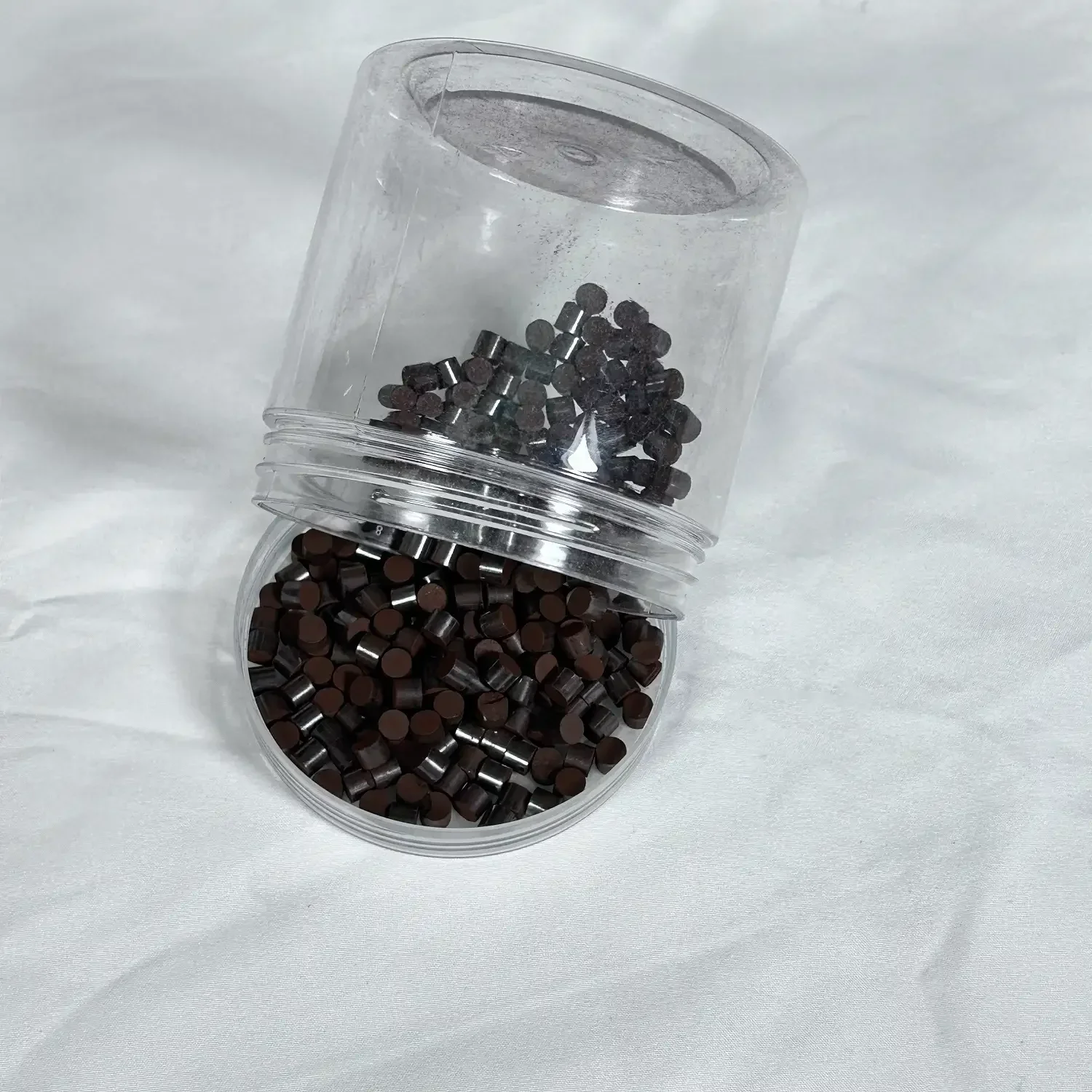How CO High Temperature Shift Catalysts Help Carbon Monoxide Conversion
The conversion of carbon monoxide (CO) into carbon dioxide (CO2) is a crucial process in various industries, including petrochemical, chemical, and energy production. This conversion is achieved through the use of high-temperature shift catalysts, also known as CO high-temperature shift catalysts. In this article, we will explore how these catalysts work and their importance in carbon monoxide conversion processes.
Understanding Carbon Monoxide Conversion
Carbon monoxide is a toxic gas that is produced during the combustion of fossil fuels and biomass. It is highly undesirable due to its adverse effects on human health and the environment. Carbon monoxide conversion is the process of converting CO into CO2, a less harmful gas. This conversion is typically carried out in two stages: the low-temperature shift (LTS) and the high-temperature shift (HTS).

The Role of CO High-Temperature Shift Catalysts
CO high-temperature shift catalysts play a crucial role in the HTS stage of carbon monoxide conversion. They are catalysts that facilitate the reaction between carbon monoxide and water vapor to produce carbon dioxide and hydrogen gas. The HTS reaction is exothermic and requires high temperatures (between 350°C and 450°C) for optimal conversion efficiency.
How CO High-Temperature Shift Catalysts Work
CO high-temperature shift catalysts typically consist of a metal oxide support, such as iron oxide (Fe2O3) or chromium oxide (Cr2O3), with active metal species, such as copper (Cu) or iron (Fe), dispersed on the surface. These catalysts function by promoting the water-gas shift (WGS) reaction, which involves the interaction between CO and water vapor.
3.1 Activation of Water:
In the HTS reaction, water vapor (H2O) dissociates over the catalyst surface, forming hydroxyl (OH) groups. This activation of water is facilitated by the active metal species present on the catalyst. The dissociation of water is an important step as it provides the necessary oxygen species for the subsequent reaction with carbon monoxide.
3.2 Reaction with Carbon Monoxide:
Once water is activated, the hydroxyl groups react with carbon monoxide, resulting in the formation of carbon dioxide (CO2) and hydrogen gas (H2). This reaction is known as the water-gas shift reaction. The CO high-temperature shift catalysts provide an active surface for this reaction to occur, significantly increasing the conversion efficiency of carbon monoxide.
Advantages of CO High-Temperature Shift Catalysts
CO high-temperature shift catalysts offer several advantages in carbon monoxide conversion processes:
4.1 High Conversion Efficiency:
The use of CO high-temperature shift catalysts significantly enhances the conversion efficiency of carbon monoxide. These catalysts provide an active surface for the reaction to occur, allowing for a higher percentage of CO to be converted into CO2 and H2.
4.2 Wide Operating Temperature Range:
CO high-temperature shift catalysts can operate effectively over a wide temperature range, typically between 350°C and 450°C. This versatility allows for flexibility in process design and optimization.
4.3 Resistance to Catalyst Deactivation:
CO high-temperature shift catalysts are designed to be highly resistant to catalyst deactivation. They are capable of withstanding harsh operating conditions, such as high temperatures and the presence of contaminants, without significant loss in catalytic activity.

Applications of CO High-Temperature Shift Catalysts
CO high-temperature shift catalysts find numerous applications in various industries:
5.1 Petrochemical Industry:
In the petrochemical industry, CO high-temperature shift catalysts are used in steam reforming processes to convert CO produced during the reforming of hydrocarbons into CO2 and H2. This conversion is essential to prevent catalyst poisoning and maintain the efficiency of downstream processes.
5.2 Chemical Industry:
The chemical industry utilizes CO high-temperature shift catalysts in ammonia production, methanol synthesis, and other chemical processes that involve the production of hydrogen. These catalysts help ensure the complete conversion of CO to CO2, ensuring the purity and quality of the final products.
5.3 Energy Production:
In energy production, CO high-temperature shift catalysts are employed in coal gasification and biomass gasification processes. They help convert CO produced during these processes into CO2 and H2, reducing the environmental impact and improving the energy efficiency of the systems.
Conclusion
CO high-temperature shift catalysts play a vital role in the conversion of carbon monoxide into carbon dioxide and hydrogen gas. These catalysts facilitate the water-gas shift reaction, significantly improving the efficiency of carbon monoxide conversion processes. With their high conversion efficiency, wide operating temperature range, and resistance to catalyst deactivation, CO high-temperature shift catalysts find extensive applications in various industries, including petrochemical, chemical, and energy production. Their use not only reduces the environmental impact but also enhancesthe overall efficiency and sustainability of these industries. By utilizing CO high-temperature shift catalysts, we can mitigate the harmful effects of carbon monoxide and contribute to a cleaner and healthier environment.



